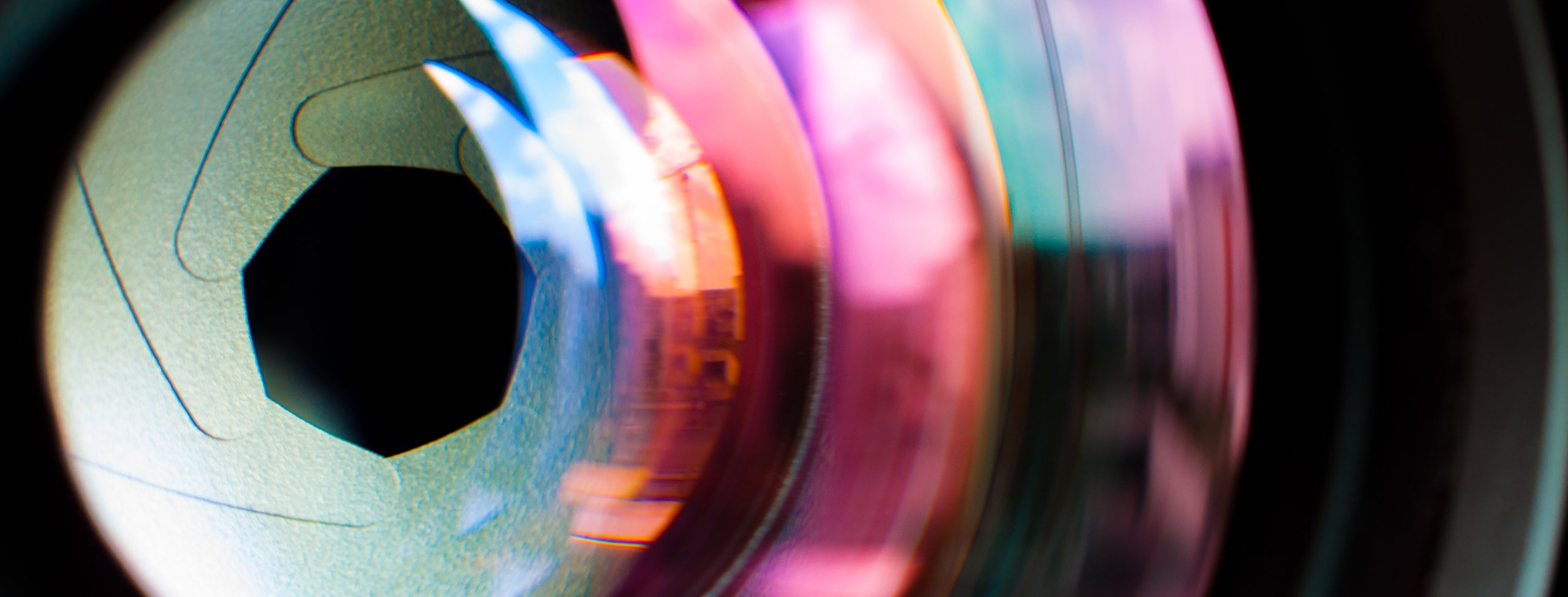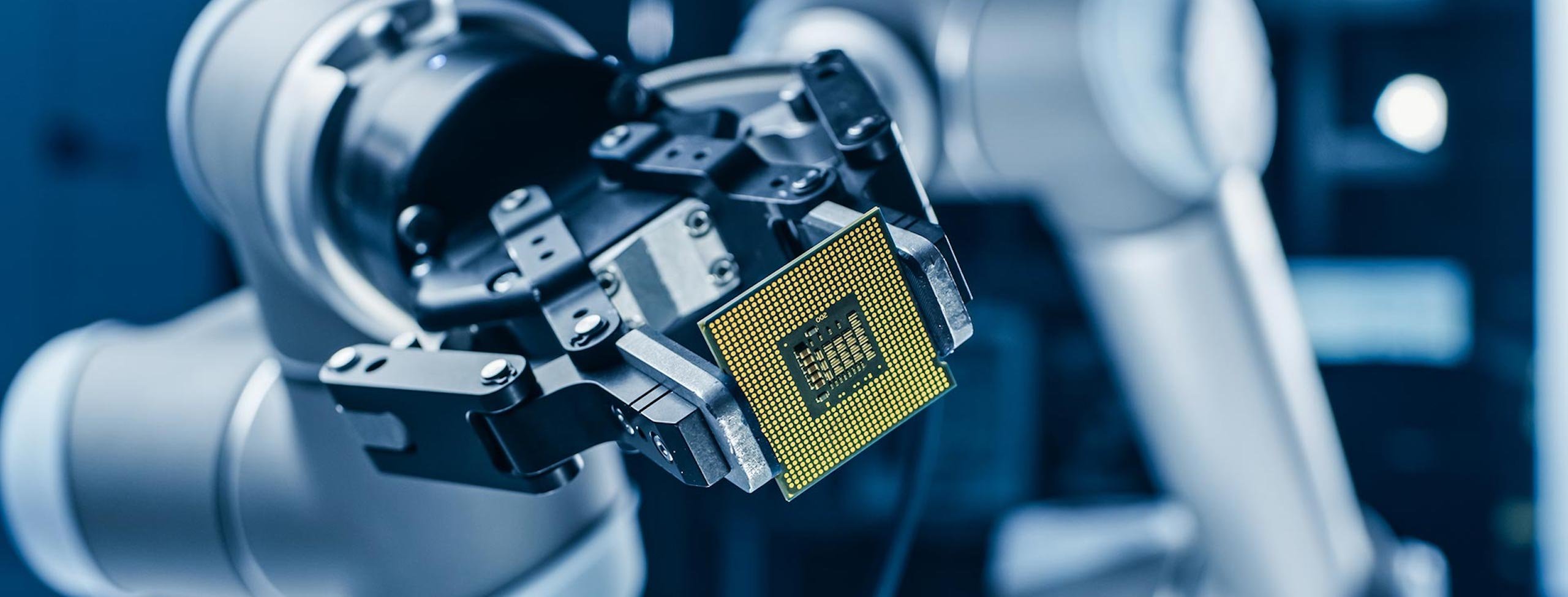
26 March 2025 • 12 minute read
Copyrightability of genAI outputs in the US: Key developments
Key takeaways from the US Copyright Office’s Copyrightability Report and the DC Circuit’s March 2025 Thaler decisionOn January 29, 2025, the US Copyright Office issued Copyright and Artificial Intelligence, Part 2: Copyrightability (Copyrightability Report),[1] which helps to clarify when and how the output of generative artificial intelligence (genAI) tools may qualify for copyright protection under US law.
At base, the Copyright Office affirmed its longstanding position that human authorship is required for copyright protection under US law, and thus many genAI outputs are likely ineligible for copyright. That said, the Copyrightability Report details numerous ways in which human interaction with genAI can result in copyrightable works.
On March 18, 2025, the US Court of Appeals for the DC Circuit issued its unanimous opinion in Thaler v. Perlmutter,[2] affirming the Copyright Office’s refusal to register the autonomous output (an image titled “A Recent Entrance to Paradise”) of a genAI tool called the “Creativity Machine” because copyrightable works must “be authored in the first instance by a human being” under US law.
These two developments in the US copyright landscape are particularly important given that (1) the capabilities of genAI tools are rapidly advancing and (2) businesses are making more extensive use of genAI tools and more autonomous genAI agents to do everything from conducting research to generating source code and other core business content.[3]
This update provides an overview of the Copyrightability Report and Thaler decision – and key takeaways from those developments – as well as a few practical considerations for businesses.
Key takeaways
- The Copyright Office and DC Circuit agree that human authorship is required for copyright protection under US law.
- GenAI outputs created with little or no human creative involvement (including in automatic response to most text prompts) are not copyrightable.
- GenAI outputs can qualify for copyright protection if there is sufficient human authorship in producing the output or final work, which must be assessed case by case.
- Human-authored prompts, if sufficiently creative, may be copyrightable, but that does not mean the output generated in response to such prompt is copyrightable.
- Assistive uses of genAI (ie, to edit or improve upon an underlying human-authored work) are distinct from generative uses of genAI (ie, to initially generate new expressive outputs) – with assistive uses being more likely to result in output that is copyrightable.
- The Copyright Office does not recommend new legislation to broaden protection for genAI outputs (or AI model architecture) under copyright or stand-alone sui generis protection.
Practical considerations
Given the above, businesses integrating genAI tools and agents into workflows are encouraged to:
- Adopt genAI policies that strategically leverage genAI without undermining the protection for core business assets, taking into account:
- Where genAI tools can be deployed to generate outputs that are rote or can be sufficiently protected with trade secret, patent, trademark and/or contractual restrictions, and
- What content is core to the business and may significantly benefit from copyright protection to enforce against third parties where other intellectual property (IP) or contractual protections are insufficient
- Create procedures for documenting human authorship contributions to core content developed with the assistance of genAI if copyright protection is valuable for the business, and
- Timely file for copyright registration for core content developed with or without the assistance of genAI to obtain the statutory presumption of a valid copyright under 17 USC 410(c) to streamline burdens of proof in future enforcement of copyrights for core content.
Highlights of the Copyrightability Report
The Copyrightability Report largely reinforces the Copyright Office’s 2023 AI Registration Guidance, 88 Fed. Reg. 16,190 (March 16, 2023),[4] in requiring human authorship for copyright protection and opining that, based on the functioning of “current generally available [genAI] technology, prompts alone do not provide sufficient human control to make users of an AI system the authors of the output.”[5]
Moreover, the report states that “[r]epeatedly revising prompts does not change this analysis or provide a sufficient basis for claiming copyright in the output.”[6] Still, the Copyright Office held open the possibility that prompts alone may one day “sufficiently control expressive elements in AI-generated outputs to reflect human authorship” – and thus merit copyright protection.[7]
Even today, the Copyright Office has not adopted a bright-line rule that genAI outputs are unprotectable. Rather, the Copyright Office reiterated in the report that copyrightability determinations will need to be fact-specific, case-by-case analyses based on how the genAI tool was used. Within this framework, the Copyrightability Report explains that the four following types of uses of genAI may produce outputs that are copyrightable.
1. Assistive use of AI tools
The Copyrightability Report emphasizes that “where AI merely assists an author in the creative process, its use does not change the copyrightability of the output.”[8]
Examples of such “assistive uses” include using genAI to: check and correct spelling and grammar; detect errors in source code; and remove, degrade, or enhance the clarity of objects in an image or video.
The Copyright Office’s recognition of the potential copyrightability of many assistive uses of genAI is helpful to industries that are increasingly using genAI, but companies are encouraged to be prepared for more challenges in the enforcement of copyrights where genAI has assisted in the creation of works. Such challenges are particularly likely where non-de minimis genAI contributions are disclaimed in copyright registrations pursuant to the Copyright Office’s registration requirements.[9]
2. Expressive inputs as prompts
“Expressive inputs” are human-authored copyrightable works (eg, images, videos, and novels) that are used as part of the prompt to a genAI tool. When expressive inputs are used as part of the prompt, the human authorship that remains perceptible in the genAI output retains copyright protection.
This means that when a novel (or other work) is used as an input, the copyrighted expression from the original novel (or other work) that remains in the genAI output remains protected by copyright. The Office has previously explained that this also applies to protected expression translated by genAI into new languages (code or otherwise).[10]
The report further states that: “We [the Copyright Office] stress that to the extent these [genAI] functionalities are used as tools to recast, transform, or adapt an author’s expression, copyright protection would be available for the resulting work.”[11] It is unclear whether this means that the Copyright Office will now treat genAI translations as protectable expression in addition to the underlying expressive input.
3. Compilations of genAI outputs
Consistent with the Office’s 2023 AI Registration Guidance, the Copyrightability Report affirms that “a human may select or arrange AI-generated material in a sufficiently creative way that ‘the resulting work as a whole constitutes an original work of authorship.’”[12]
Notably, the threshold for sufficient creativity is “extremely low” with “[t]he vast majority of works mak[ing] the grade quite easily, [if] they possess some creative spark, ‘no matter how crude, humble or obvious’ it might be.” Feist Publ’ns, Inc. v. Rural Tel. Serv. Co., 499 U.S. 340, 345 (1991). Accordingly, graphic novels, sound recordings, computer programs, and a range of other creative works will generally qualify for copyright protection where a human selects, coordinates, and/or arranges genAI outputs within an overarching work with at least a “spark” of creativity – whether or not additional human-authored content is included.
Still, the underlying genAI outputs standing alone may not be protectable if generated merely based on text prompts.
4. Modifications of genAI outputs
Lastly, the Copyrightability Report explains that “if a user edits, adapts, enhances, or modifies AI-generated output in a way that contributes new authorship, the output would be entitled to protection” insofar as the human contributions, but not “the underlying AI-generated content itself.”[13]
That said, similar to the compilation authorship discussed above, the Copyrightability Report acknowledges that “[m]any popular AI platforms offer tools that encourage users to select, edit, and adapt AI-generated content in an iterative fashion” and that “these tools can enable the user to control the selection and placement of individual creative elements,” which may result in protectable compilation authorship.[14]
Looking ahead
In addition to the copyrightability issues addressed in the Copyright Office’s most recent report, the Office is anticipated to release Part 3 of its report on the intersection of copyright and AI later this year, which will address “the legal implications of training AI models on copyrighted works, licensing considerations, and the allocation of any potential liability.”[15] Part 1 of the report was released on July 31, 2024 and called on Congress to pass federal legislation to provide protections against distribution/making available of unauthorized digital replicas.[16]
DC Circuit’s Thaler v. Perlmutter decision
On March 18, 2025, in Thaler v. Perlmutter, the DC Circuit affirmed the US Copyright Office’s decision to deny copyright registration to a genAI output for which the sole author was identified as an AI tool, the “Creativity Machine.” Specifically, the DC Circuit held that the “Creativity Machine cannot be the recognized author of a copyrighted work because the Copyright Act of 1976 requires all eligible work to be authored in the first instance by a human being.”[17] Accordingly, because the Creativity Machine is a tool – not a human – it cannot autonomously output a copyrightable work, ie, an “original work[] of authorship.” 17 U.S.C. § 102(a) (stating that copyright only applies to “original works of authorship fixed in any tangible medium of expression”).
The DC Circuit supported its holding with a detailed analysis of the current Copyright Act and reasoned that “[b]ecause many of the Copyright Act’s provisions make sense only if an author is a human being, the best reading of the Copyright Act is that human authorship is required for registration.”[18]
In reaching this holding, the DC Circuit did not address whether the US Constitution requires a human author for copyright to attach and did not address Thaler’s argument “that he is the work’s author by virtue of making and using the Creativity Machine because” he waived that argument.[19] Regardless, the DC Circuit explained that there would be nothing for Thaler to own under the work made for hire doctrine, even if the AI tool was treated as his employee, because “[t]he Copyright Act only protects ‘original works of authorship,’ 17 U.S.C. § 102(a),” and such works of authorship must be “created in the first instance by a human being.”[20]
Notably, the copyrightable works of human employees are automatically treated as copyrights owned and authored by their employers under US law. But the court’s analysis suggests that if genAI agents autonomously generate reports and other content that a human employee would have previously created, such outputs are likely uncopyrightable, and thus no copyright exists for the employer to own.[21]
The DC Circuit clarified, however, that “the human authorship requirement does not prohibit copyrighting work that was made by or with the assistance of artificial intelligence” and cited the Copyright Office’s guidance explaining that “[w]hether a work made with artificial intelligence is registerable depends ‘on the circumstances, particularly how the AI tool operates and how it was used to create the final work.’”[22]
While such “line-drawing disagreements over how much artificial intelligence contributed to a particular human author’s work [were] neither here nor there in [the Thaler] case … because Dr. Thaler listed the Creativity Machine as the sole author of the work”[23] – such line-drawing disagreements are likely to grow exponentially in copyright litigation as genAI becomes integrated in day-to-day business operations across all industries.
DLA Piper is here to help
DLA Piper’s award-winning teams in AI, media, and all aspects of IP partner with businesses to strategically manage the opportunities and risks associated with AI in all stages.
If your company wants to know more about leveraging genAI while strategically protecting your core assets or mitigating your risks, please contact any of the authors of this article: Rachel Fertig, Danny Tobey, Gina Durham, and Larissa Bifano. To find out more about our teams, please visit our AI and Data Analytics, Trademark and Copyright Litigation, Patent Development and Strategy, and Media and Entertainment practice pages.
[1] Copyrightability Report, https://copyright.gov/ai/Copyright-and-Artificial-Intelligence-Part-2-Copyrightability-Report.pdf.
[2] Thaler v. Perlmutter, https://copyright.gov/ai/docs/court-of-appeals-decision-affirming-refusal-of-registration.pdf.
[3] See, eg, McKinsey, Why agents are the next frontier of generative AI, July 24, 2024 https://www.mckinsey.com/capabilities/mckinsey-digital/our-insights/why-agents-are-the-next-frontier-of-generative-ai (discussing various use cases for genAI agents, including development of software and marketing campaigns); Deloitte, Autonomous generative AI agents: Under development, Nov. 19, 2024 https://www2.deloitte.com/us/en/insights/industry/technology/technology-media-and-telecom-predictions/2025/autonomous-generative-ai-agents-still-under-development.html (“Deloitte predicts that in 2025, 25% of companies that use gen AI will launch agentic AI pilots or proofs of concept, growing to 50% in 2027”).
[4] AI Registration Guidance: Works Containing Material Generated by Artificial Intelligence, 88 Fed. Reg. 16,190 (March 16, 2023) https://www.govinfo.gov/content/pkg/FR-2023-03-16/pdf/2023-05321.pdf.
[5] Copyrightability Report at iii.
[6] Id. at 20.
[7] Id. at 21.
[8] Id. at 2.
[9] AI Registration Guidance, at 16,192 (“When an AI technology determines the expressive elements of its output, the generated material is not the product of human authorship. As a result, that material is not protected by copyright and must be disclaimed in a registration application.”).
[10] Registration Guidance for Works Containing AI-Generated Content Tr. at 2(June 28, 2023), https://www.copyright.gov/events/ai-application-process/Registration-of-Works-with-AI-Transcript.pdf.
[11] Copyrightability Report at 34.
[12] Id. at 24 (citing AI Registration Guidance at 16192).
[13] Id. at 25.
[14] Id. at 26-27.
[15] Copyright and Artificial Intelligence, https://copyright.gov/ai/ (last visited March 24, 2025).
[16] Digital Replicas, https://copyright.gov/ai/Copyright-and-Artificial-Intelligence-Part-1-Digital-Replicas-Report.pdf.
[17] Thaler v. Perlmutter, at *3.
[18] Id. at *10.
[19] Id. at *3.
[20] Id. at *23.
[21] Id.
[22] Id. at *18-19.
[23] Id. at *19.


